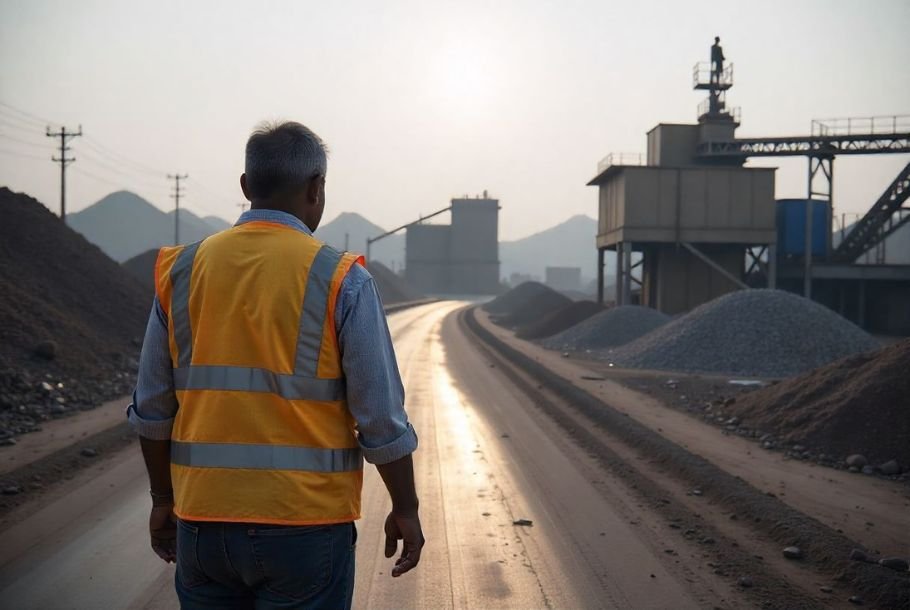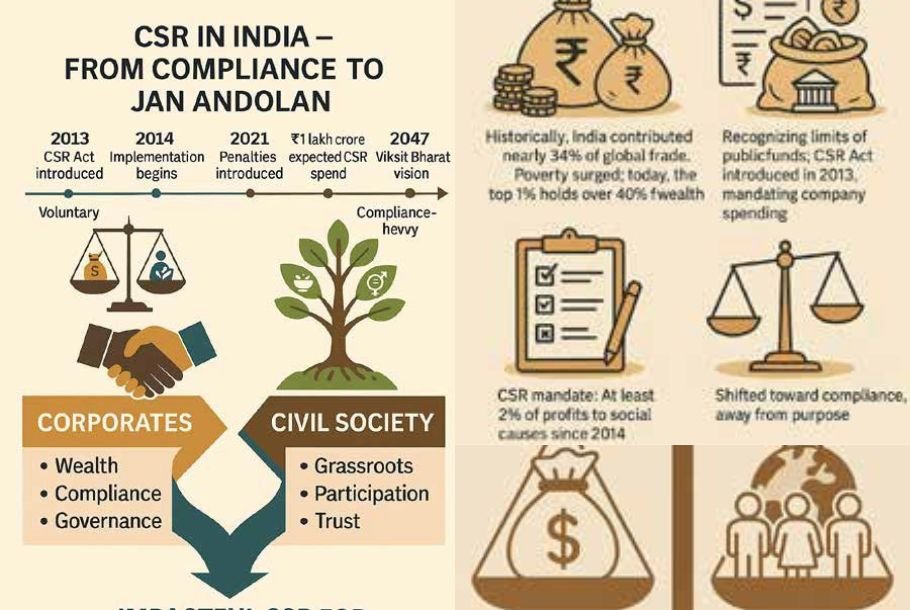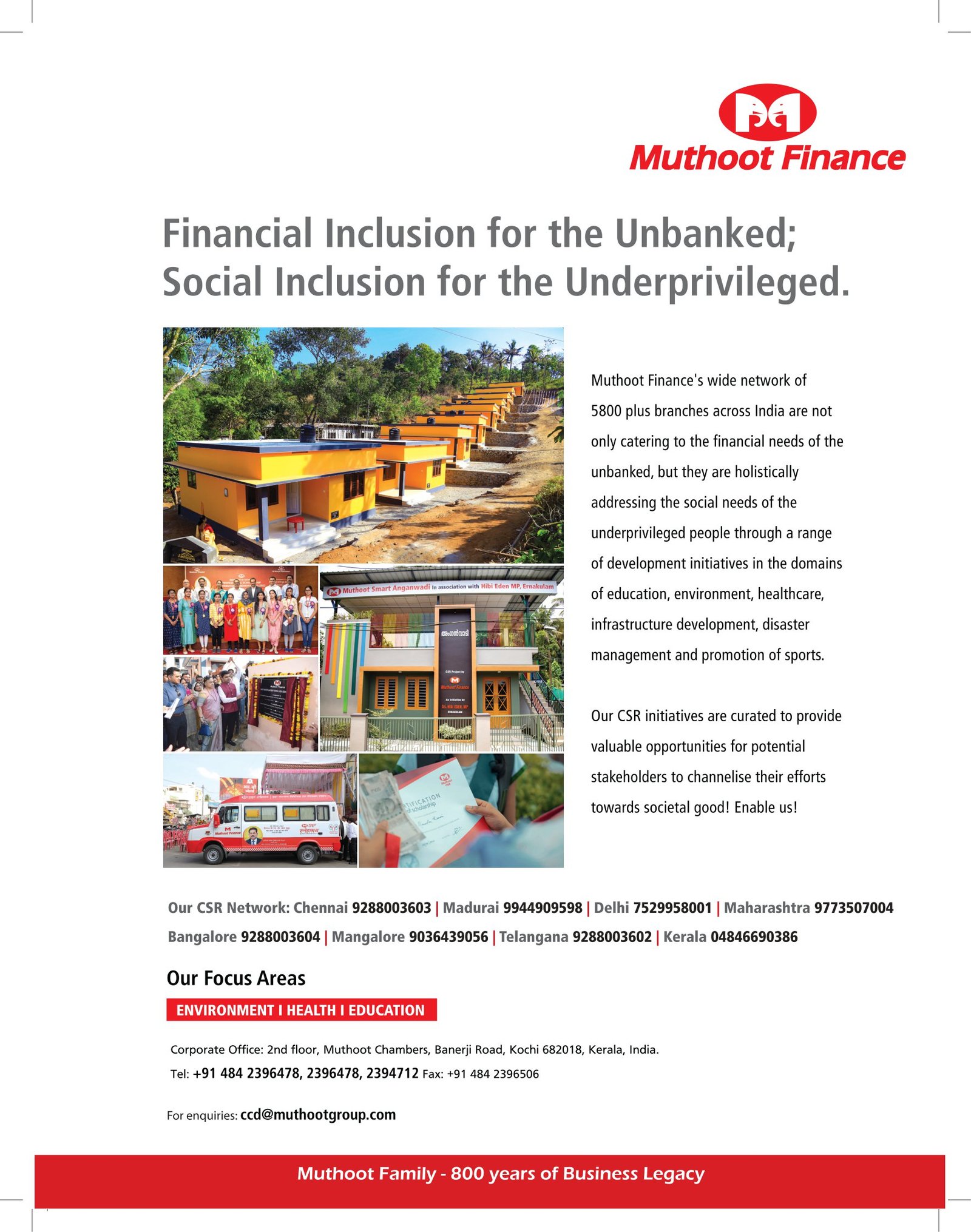
In December 2023, the Prime Minister, Shri Narendra Modi gave an ambitious clarion call for transforming the nation into a fully developed, globally influential country— Viksit Bharat – by 2047. Viksit Bharat 2047, which envisions inclusive development, sustainable progress, and effective governance, among others, is based on four pillars: Yuva (Youth), Gareeb (Poor), Mahilayen (Women) and Annadata (Farmers). These pillars also align with some of the key tenets of the Sustainable Development Goals (SDGs) adopted by nations across the world in September 2015, to tackle challenges related to global sustainable development and achieve a more sustainable future by 2030. In that context, the then UN Secretary-General Ban Ki-moon had remarked that the private sector was required to partner with the Government to drive success. Helen Clark, the then chief of the UN Development Programme further added that “the new sustainable development agenda cannot be achieved without businesses”.
CSR in India: Overview
In India , Corporate Social Responsibility (CSR), previously a peripheral philanthropic activity, has now become a strategic engine of national development. In 2013, the Companies Act mandated certain companies to make efforts to drive positive change and contribute to national development, thereby making the private sector a powerful partner in addressing India’s developmental gaps. The rationale was to hold companies responsible toward the society and work around the impact of their business operations at the same time, and effectively required a 2% spend of average net profits on CSR.
Since then, corporates, in partnership with local NGOs and think tanks, have leveraged their considerable financial capabilities and managerial and professional expertise to solve some of India’s persistent development challenges, making CSR a vital lever in India’s development toolkit. Public data shows that corporate spending on social programmes has risen substantially in recent years, registering sizeable year-on-year increases, with more companies moving from token spending to strategic, multi-year programmes. This also implies more investments in programmes that are longer in duration, system-oriented, and capable of delivering real impact on the ground – conditions necessary for building a Viksit Bharat.

CSR and Viksit Bharat
The sectoral pattern of CSR spending highlights its potential to bolster core development outcomes. Especially across the four key focus pillars of youth, women, poor and farmers, a range of commendable work are being done by Indian corporates. For example, Project Nanhi Kali by the Mahindra Group sponsors 22,000 underprivileged girls to complete 10 years of schooling, significantly improving learning outcomes; Vodafone India’s “e-Vidya for Brighter Futures supports 150 government schools and 13 community learning centres across multiple States reaching nearly 60,000 under-privileged children; and the Malabar Group’s 247 Hunger Free World Micro Learning Centres enrolled nearly 11,700 children in foundational learning, preparing them to join formal schools. Corporates such as Hindustan Unilver (Prabhat program), Vedanta (Project Gram Nirman), and Tata Trusts (Kushal Kisaan Abhiyaan have been working to empower farmers, with a focus on sustainable agriculture and alternative livelihoods. On the other hand, ITC Limited and AU Small Finance Bank have been working closely with rural women and SHG groups for their economic empowerment.
Reliance Foundation, through their Bharat India Jodo intervention, has undertaken poverty alleviation measures for nearly 14.6 million rural poor people across 350 districts. These targeted CSR interventions, implemented at scale and in collaboration with governments and civil society are complementing state capacity and accelerating development outcomes in hard-to-reach geographies. They also dovetail with the components of a Viksit Bharat in terms of ensuring equitable access to opportunity, human capital development, and sustained livelihoods.
Modern CSR is no longer limited to writing cheques. Public-private partnerships have led to blended financing models, co-design of interventions, and shared metrics for outcomes. Corporates often take up innovative pilot interventions for development and then scale them up through government partnerships, allowing innovation to move from islands of excellence to wide-scale public benefit.
Moreover, CSR interventions are now increasingly emphasizing robust M&E frameworks and data for outcome and impact evaluation, resulting in clearer evidence about what works, what does not, and the ability to iterate programmes for greater effectiveness. This evidence focus is crucial for leveraging and channeling limited CSR funds into interventions that genuinely accelerate the Viksit Bharat agenda.
The Road Ahead
However, there is still scope for further improvement. Challenges that persist in CSR interventions include uneven geographic distribution of CSR spending, short project durations that limit long-term outcomes, lack of transparency, occasional misalignment between corporate priorities and local needs, and treating CSR as a compliance exercise. Addressing these challenges requires better governance, stronger community consultation, and more collaboration with local governments and NGOs.
To better realize the promise of CSR for a Viksit Bharat, the following strategies by corporates may prove to be more impactful:
- Taking up long-term interventions with multi-year commitments, along with clear metrics tied to national development indicators (e.g. education learning outcomes, maternal and child health metrics, livelihood incomes) to measure their effectiveness and impact;
- Conscious investment of resources in backward regions (e.g. in aspirational districts) and in critical sectors such as rural infrastructure, climate resilience, skilling for emerging industries, which also aligns with Government priorities;
- Promoting blended finance, knowledge sharing, and co-implementation with public agencies so that successful pilots can scale up through government programmes.
Today, on the 78th year of independence, if India’s development dream is to be realized, public policy and private purpose must go hand in hand. CSR has already shown that when Aorporates align their CSR strategy with the Viksit Bharat mission – anchored in inclusivity, innovation, and sustainability – they create a multiplier effect. By scaling best practices, deepening commitment to the most underserved regions, and embedding rigorous impact measurement, the Boardroom will become an equal partner with the Government in driving India’s journey to a Viksit Bharat.


















